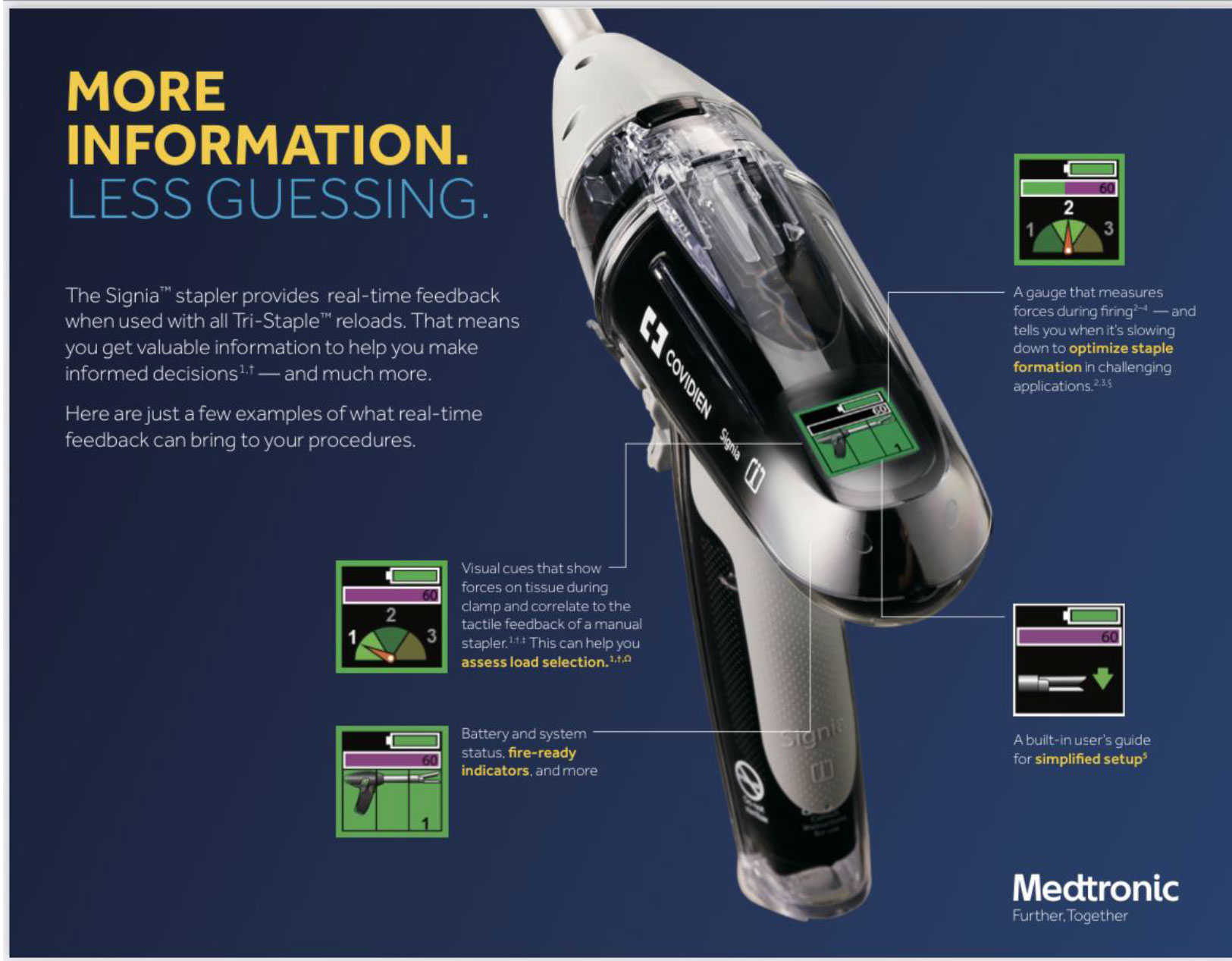Ethical and Legal Case presentation CCOS 2012; Discussant – Prof. E.R. Walrond
Case report: A 65-year-old man presented to the emergency department with wheezing, shortness of breath and a cough productive of white sputum. He had been wheezing for several weeks, but had not sought attention. His neighbours had noticed his breathing was funny for the last 2 days and called an ambulance when he appeared to get worse. There was no history of asthma and he was said to be a heavy drinker, and had smoked cigarettes for the last 10yrs.
He was initially assessed as being asthmatic, with laboured breathing and started on nebulisation. His vital signs were recorded as BP 127/85mmHg, P112, RR20, T-36.5°C. On examination, he sounded congested and there were rhonchi heard throughout the chest with a prolonged expiratory phase. A chest X-ray showed hyper inflated lungs.
Treatment was continued for asthma with the administration of steroids orally and magnesium IV. After 15-hrs of treatment and no improvement, the findings were pH – 7.339, pCO2 – 76.6, pO2 – 63.1; after 18-hrs the findings were pH – 7.217, pCO2 – 94.5, pO2 – 50.6. The patient was transferred to the stat room and CPAP started and nebulisation continued. The department of medicine was consulted and after 30-mins repeat findings on CPAP were pH – 7.067, pCO2 – 152.1, pO2 – 100.5. On reassessment he was noticed to have stridor and an ENT consultation was made for evaluation of the airway. Laryngoscopic examination revealed a laryngeal mass pushing the larynx over with the airway compressed. It was decided that immediate surgery should be done and consent for a tracheostomy was signed by the patient and he was transferred to the operating theatre. After arriving at the operating theatre the patient refused to have surgery. He could not be persuaded and his relatives were contacted through the police; however, they said that they did not wish to have anything to do with the patient. Surgery was not done and over the next 24 hrs there was a decreasing level of consciousness, worsening respiratory distress, and death.
Issues raised
- How does one decide if the patient is mentally and legally competent to make critical decisions about their care?
An adult patient, unless otherwise declared by law, is legally competent to make decisions for themselves. Depending on the jurisdiction, there are some minors who can make decisions for themselves. These may be codified in law or they may be considered liberated minors, e.g. females between the age of 16 and 18 who have had children. There is no upper age where a patient cannot consent for themselves if they are mentally competent to do so.
A patient may be mentally incompetent because of a long standing illness, for example, brain damage or a psychiatric disorder. In the case of a brain damaged adult, the courts could be petitioned to appoint a legal guardian who would be entitled to make decisions for the patient. In addition, where there is a psychiatric illness the patient’s incompetence to decide for themselves is laid down in procedures in mental health laws. The provisions in such laws are not uniform and may vary from country to country. In most countries patients who are senile and have not been formally declared mentally incompetent, it is usually assumed that their next-of-kin will act on their behalf. Next of kin may be relatives or legally appointed by the patient when they were mentally competent. In the absence of an authoritative psychiatric evaluation within the parameters of the law, the decisions of the next of kin could be subject to legal challenge.
The decision on mental competence is made by the attending doctor on the basis of the clarity and orientation of the patient and consistent rational responses. There are situations due to hypoxia, stable mental illness or short term memory loss where it might be unclear whether the patient is fully mentally competent. When the situation is not urgent, a psychiatric consultation or a rapid mental assessment test should be done. Otherwise, the next of kin could be invited to participate in the decision.
In the case described, the attending doctors have assessed that the patient was mentally competent to consent to an emergency operation, although there were confounding factors such as hypoxia and possible alcoholism. Without a clear narrative of what occurred to change the patient’s mind, it is clear that the practitioner’s have decided that the patient had become mentally incompetent the intervention of his relatives was sought. The relatives did not wish to be involved, suggesting that there may have been a poor relationship which could be due to alcoholism or some psychiatric illness. The alternatives that could have been employed were to get a formal assessment of competence, or to have exercised the physician’s prerogative to do life saving measures in this life threatening emergency.
- Who makes the decisions in regard to care for the incompetent patient?
The next of kin is the legally competent person to make decisions for an incapacitated patient, unless the patient had previously made a legal declaration stating otherwise. Where there is no next of kin or legal guardian, the head of the institution where they are normally domiciled or where they are being treated becomes the responsible entity. In life threatening emergencies the attending doctor has a responsibility to go ahead and save the patient’s life without any consent from others.
In most jurisdictions the next of kin has a legal family hierarchy, usually the spouse is the next of kin and absent a spouse the oldest adult child. In Islamic jurisdictions the next of kin could be the oldest male child or the oldest male relative. From the point of view of medical decision making in the UK a next-of-kin has to be legally declared prior to the illness, otherwise the decision is that of the physician.
In the report given the doctors looked to exercise the option of the next of kin to make the decision for the patient. The reaction of relatives was one of not caring and the doctors do not appear to have exercised the other options available to them, including their duty to try and save the patient’s life.
- What are the rights and responsibilities of the various parties involved?
The rights of the patient are paramount, and they may consent or withdraw their consent once they are legally and mentally competent to do so. Patients are not always aware of their rights to accept or refuse treatment and these should be explained free of the pressures of others unless it is their wish to have others involved.
The rights of the family and in particular the next of kin or legal guardian is to act as a surrogate for the mentally or legally incompetent patient. Next of kin or guardians have a responsibility to act in the best interests of their charges and not to impose their views, religious or otherwise, on the patient. Doctors also have the right to act in the best interests of the patient, and are empowered to do so in life threatening situations. The well known religious view of Jehovah’s witnesses about blood transfusion may have to be taken into account in deciding what is in a patient’s best interest. If the doctor feels very strongly that the patient’s best interest is not being served, the doctor may petition the court to impose treatment on a patient. It is rare for a court to overturn the wishes of mentally competent adult in regards to their own treatment. The fact that there is an obvious treatment is indicated, does not mean that it should apply to a particular patient.
Society also has an interest to ensure that each individual enjoys the rights guaranteed in the constitution and the law. Through the organs of opinion or the law, society ensures that incapacitated patients are not harmed by their relatives or subjected to overzealous measures by their doctors.
It is unfortunate that no account is given of the circumstances associated with the patient’s withdrawal of consent. In the narrative given, it appears that the patient withdrew his consent at the operating theatre door. The possibilities are that the patient only realised then that an operation was intended or something was said to induce fear at the last moment. The first possibility suggests that informed consent was not really obtained; the second that staff or someone else has interfered with the consenting process in a negative manner.
- Should the doctor have overridden the decision when the patient’s life was in immediate danger?
Although in a life threatening situation a doctor is entitled to administer what they consider life saving treatment, such treatment should not be administered over the previously known wishes of the patient. If time permits a court could be asked to issue an emergency order to overturn the patient’s wishes.
In the situation described the previously recorded decision of the patient was of consent to the operation. In spite of hypoxia and the life threatening emergency, the doctors appear to be confused about the mental competence of the patient to refuse the life saving operation, and about their own duty to the patient with a life threatening emergency. It appears that the surgeon may have decided that the patient’s condition was so advanced that he should be allowed to die without relieving his airway obstruction.
- Could a legal challenge for wrongful death be made?
Legal challenges of wrongful death can be made by the state or persons representing the estate of the deceased. A charge of murder may be brought where it considered that death has occurred as a deliberate act by the practitioner with some gain in mind, such as benefitting from the estate of the deceased. A charge of manslaughter may be brought when there is a deliberate act at the behest of the patient in jurisdictions where there is no legal provision for euthanasia. A manslaughter charge may also be brought when there has been an egregious breach the standard of care of the patient.
A charge of negligence may succeed in the death or injury of a patient where it can be shown that there has been has been a breach in the standard of care or in a failure in the physician’s duty of care in allowing a patient to harm themselves. A suit of negligence could also succeed if a patient is misdiagnosed and it can be shown that such a misdiagnosis was not reasonable; or that a correct diagnosis was made and the physician refused to act to the benefit of the patient resulting in harm to the patient.
In the narrative given the diagnosis of airway obstruction is delayed, and the patient blood gas analysis showed that he was persistently hypercarbic and hypoxic, except when oxygen was delivered under pressure. It is very unlikely that the patient was mentally competent to consent to or refuse treatment. However, the doctors involved do not appear to question the patient’s competence until he refused surgery, and made no attempt to establish mental incompetence; and in spite of diagnosing a life-threatening airway obstruction left the patient to die. It would be difficult to defend an accusation that the duty of care to a patient with an airway obstruction was properly discharged by not relieving the obstruction over his apparent objection.







